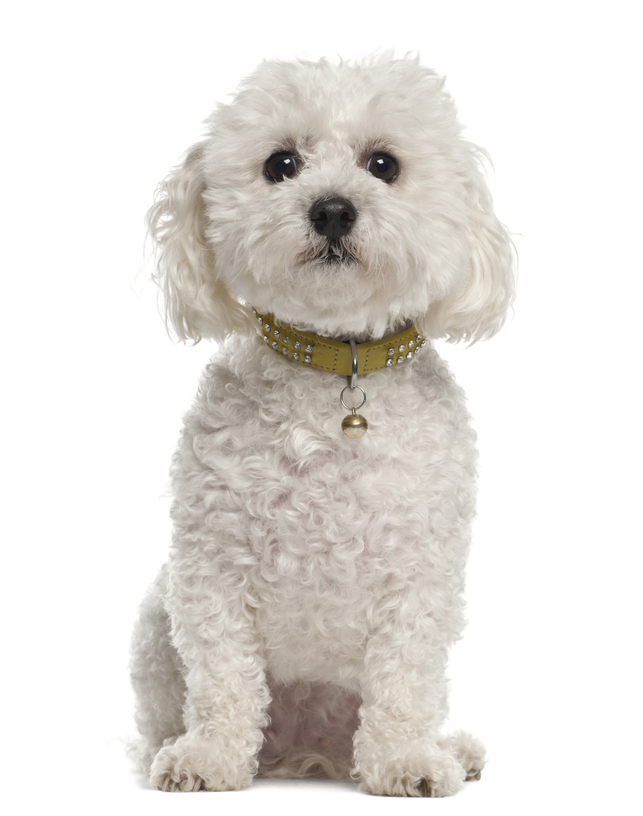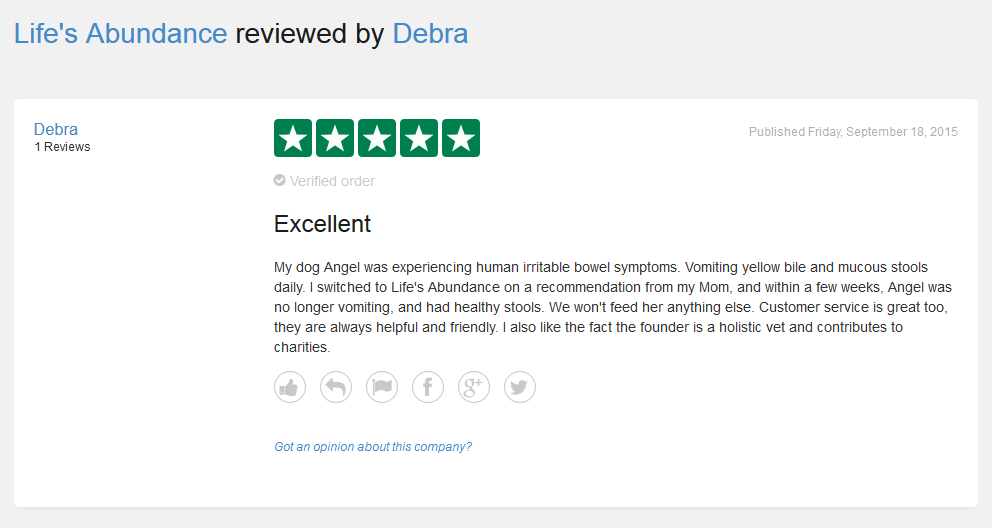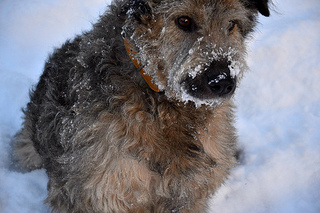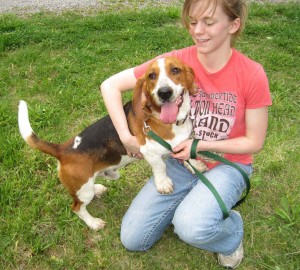How Online Retailers Can Profit From Google Video?
Google video is now a fast growing repository of video clips of all shapes and sizes, and has opened up some new strategies for E-commerce website owners to profit from. Here we will explore how you can use this service to generate customers.
Google video (www.video.google.com) and You Tube (www.youtube.com) are the two main video clip websites. Here, you can search and watch video clips on thousands of different subjects – from trailers, through to tutorials through to peoples plain old funny home video clips.
That's all very well, but how can you, as an online retailer, profit from this?
Tutorials and short “how to” tips
You could record short clips (most are under 5 minutes) of tips or tutorials relating to your field. Here are several examples.
Golf: Search for golf tips and you will find a plethora of choice, from tips on chipping from the rough, playing bunker shots, curing that slice and much more. If you are selling anything golf related, make your own video or enlist the aid of your local golf pro.
Fly fishing: Here we find tips of fly tying, finding the best locations, casting and much more.
Dog training: this search returns lots of video clips on different training techniques, including police dog training.
If you are in the sports, recreation or hobby markets, there are lots of opportunities for you to upload “how to” type videos. I even came across a lap dancing video, uploaded by a company that sells pole dancing equipment!
Product comparisons
In marketplaces such as audio visual, there is ample opportunity to compare different products or product types. For instance, what are the benefits and advantages of Plasma televisions versus LCD tvs? In the fitness industry, what are the different training supplements available and what would suit you best? For clothing retailers, how about a premiere of this seasons latest fashions?
Product user guides
Again this one works well in technical marketplaces such as audio-visual and computers. For instance, How to set up your home audio system, what you need to view High definition TV, how to set up a wireless home network.
Or something a bit simpler . . food retailers, how about some quick and easy recipes using the ingredients you sell?
Equestrian retailers .. how about clips on correct saddle care, how to fit a saddle, or reviews of time saving accessories.
Funny clips
Perhaps you can make (or obtain! ) a funny clip relating to your marketplace. Funny skiing accidents (for ski shops), hilarious banger racing clips (for motor part retailers) or crazy baby antics (for baby wear and equipment retailers). The funnier they are, the more likely they will get passed around the Internet.
Getting traffic
There are several ways these videos can get you traffic. First you need to “brand” your video, by adding graphics to it. You could be technical and add a graphic banner at the bottom quoting a short message and your website address, if you have video editing software. Alternatively, just make the last shots of your video a close up of your web address on a sign or the front of your premises.
Users who search and find your videos, will then have your website promoted to them.
One extremely powerful benefit is the viral factor – the passing round of video clips by email by friends who have the same interests. This works extremely well if you have an original, funny clip – you could find your visits “take off” if the clip is passed around the Internet.
Additionally, many content based sites are able to feature video clips from Google, thereby giving you a free advertisement on their site if they decide to use yours.
How to record and upload your video
You can use digital cameras, camcorders or even mobile phones to record the videos, and the quality does not have to be massively high, so long as its clear enough to see.
To upload video clips to google, you need to go to www.video.google.com and select the upload link at the top. If you don't already have an account (for adwords, adsense ,gmail or other Google services), you can create one free of charge. Currently Google accepts AVI, MPEG, Quicktime, Real, and Windows Media formats.
As well as Google, the other main video clip repository is www.youtube .com which accepts formats from most digital cameras, camcorders and cellphones using .AVI, .MOV, and .MPG file formats.
There are massive opportunities right now, for online retailers to get in early on the video clip boom, and promote their products, services and business to a wide audience. Get videoing!













